From smartphones and tablets to battery chargers and in-car electronics, the electronic components printed circuit boards (PCBs) contained are becoming smaller, more sensitive, and more closely placed. However, it's not just PCB design rules that are currently changing. High humidity, thermal cycling, airborne contaminants, and physical stress, once primarily associated with military and industrial electronics, are now challenges for consumer and automotive electronics as well. Whether it's a cell phone in a backpack or a PCB assembly in a car, electronics can be at risk. So why apply silicone conformal coatings to electronics?
As a polymer coating, silicone is widely used as a conformal coating material due to its unique main chain structure and low intermolecular forces, good chemical resistance and excellent temperature resistance, humidity resistance, ease of operation, and other good overall performance.
Current technological developments in the 5G era require materials that protect against moisture and contamination while supporting high-throughput assembly and environmental sustainability. Compared with the common conformal coating technique, silicone-engineered coatings designed specifically can provide reliable high-temperature protection, support high-throughput assembly, enhance energy efficiency, and worker safety, support for automated detection and high voltage arcing, and so on. It is believed that shortly, silicone conformal materials will also contribute to the development of 5G technology and emerging designs with excellent performance.
Here's some information about it:
- What is a silicone conformal coating?
- What are the properties of silicone coatings?
- How to use silicone conformal coating?
- How to cure silicone conformal coating?
- What are the standards of silicone conformal coatings?
- What are the factors affecting silicone conformal coatings?
- Why choose silicone conformal coatings for electronics?
- How to make better silicone conformal coatings?
1. What is a silicone conformal coating?
Silicone coating is a specially formulated coating used to protect circuit boards (PCBs) and their associated electronic components and equipment from environmental erosion and damage. After curing, the coating forms a transparent protective film, with superior insulation, moisture, leakage, shock, dust, corrosion, aging, corona resistance, and other properties.
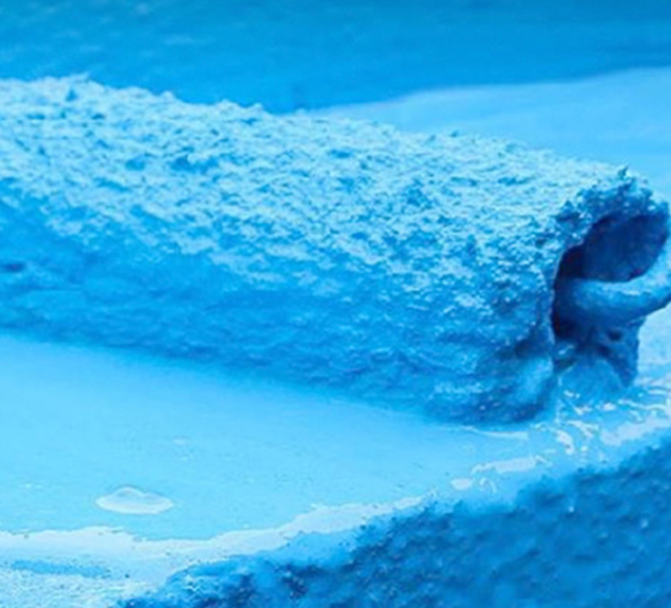
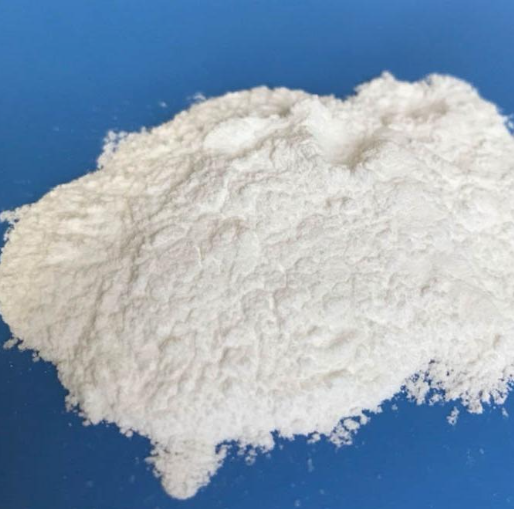
2. What are the properties of silicone coatings?
Compared with polyurethane or acrylic conformal coatings, silicone coatings have more excellent performance in the following aspects.
2.1 Temperature Resistance
Silicone coatings have excellent resistance to high and low temperatures. They are not easy to decompose at high temperatures and remain flexible at low temperatures, so they can be used in a wide range of temperatures. Whether it is chemical properties or physical and mechanical properties, the temperature change is very small.
2.2 Weatherability
In silicone coatings of the main chain for the silicon-oxygen bond, no double bond exists, so it is not easy to decompose by ultraviolet light and ozone. Silicone has better thermal stability than other polymer materials, as well as irradiation and weather resistance. The service life of silicone in the natural environment can be up to several decades.
2.3 Electrical Properties
Silicone coatings have good electrical insulation properties, their dielectric loss, voltage resistance, arc resistance, corona resistance, volume resistivity surface resistivity, etc. are among the top insulating materials, and their electrical properties by the temperature and frequency of the impact are very small. In addition, silicone also has excellent hydrophobicity, which means it in high humidity conditions still has high electrical properties and is a more stable electrical insulation material.
2.4 Shock Resistance
Due to the flexibility of the silicone molecular chain, it is cured to form a very good elastic colloid, so it has excellent seismic performance, and vibration does not easily damage parts.
2.5 Mildew Resistance
Silicone coating due to the cured paint film surface energy is low, mold is not easy to adhere to its surface, and its silicon-oxygen skeleton structure is not easy to be degraded by mold, so it has a good anti-mold.
In summary, silicone conformal coatings are widely used in high temperatures (>120ºC), high humidity, rich in chemical media, corrosive media, or prone to mold corrosion of the environment. These harsh environments are unmatched by other materials.
XJY-8206 Methyl Vinyl MQ Silicone Resin is a solid powder resin, this resin can be used for additive molding silicone rubber reinforcing filler, as a base material for high transparent and high hardness silicone, and to enhance the performance of laying shape coating.

XJY-8206N Methyl Vinyl MQ + Vinyl Polydimethylsiloxane is a colorless and transparent liquid resin, which consists of vinyl MQ silicone resin and vinyl silicone oil. It has long-lasting and good hardening effects, also can improve the sun protection index, and anti-yellowing, and can be used to make high transparency silicone conformal coatings, which make it easy to observe the inside of the PCB board.

3. How to use silicone conformal coating?
3.1 Manual Spraying
Spraying can be done by aerosol cans or hand-held spray guns, usually used for small batch production. This method is more time-consuming than automatic spraying equipment and requires a higher level of spraying personnel, with slightly less stability between batches.
3.2 Selective Spraying
This is an automated conformal coating process that uses a programmable spray path to apply form-fitting coatings to specific areas on the board. The process is suitable for high-volume production and reduces the need for masking. The selective spraying process requires high surface drying time and viscosity of the coating, and the process parameters need to be adjusted and worked out.
3.3 Dipping
The circuit board is dipped into the silicone conformal coating solution and then removed. The dipping thickness depends on the dipping speed, removal speed, dipping time, and viscosity. It can also be used for mass production. Dipping is only possible if both sides of the board need to be coated and the areas that do not need to be coated need to be masked.
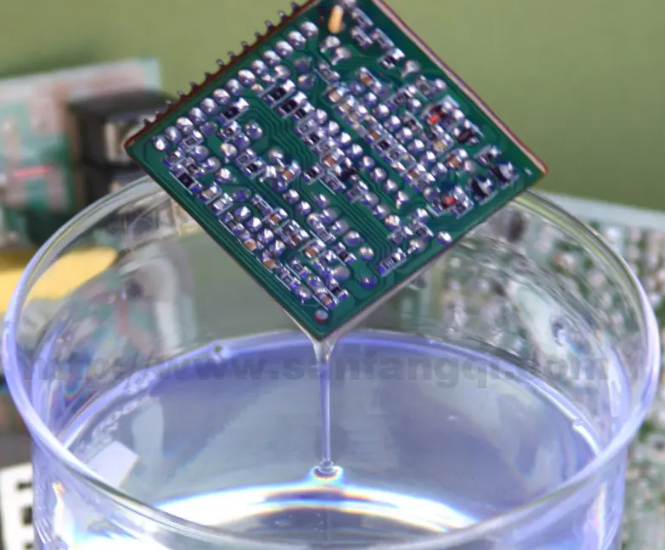
3.4 Brush Coating
This is a simple application method and is generally used mainly for small batch production or for repairs and rework. Simply brush the coating evenly onto the substrate.
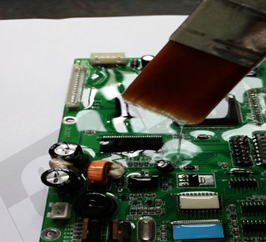
4. How to cure silicone conformal coating?
Silicone coatings generally follow the moisture-curing mechanism. The silicone material reacts with moisture in the environment to form a cured coating. The initial moisture curing process is usually accompanied by solvent evaporation. As the carrier solvent evaporates, the moisture reacts with the silicone material and the curing process begins.
During PCB application, moisture in the air initiates a polymer chain reaction that converts wet polymers (lower molecular weight polymer molecules) into solid polymers (larger molecular weight polymer macromolecules). Curing and drying occur simultaneously. Heating can accelerate the curing speed of the silicone coating, but pay attention to the coating before heating to ensure that the air bubbles have been eliminated, otherwise, it is necessary to extend the coating at room temperature under the conditions of the resting time.
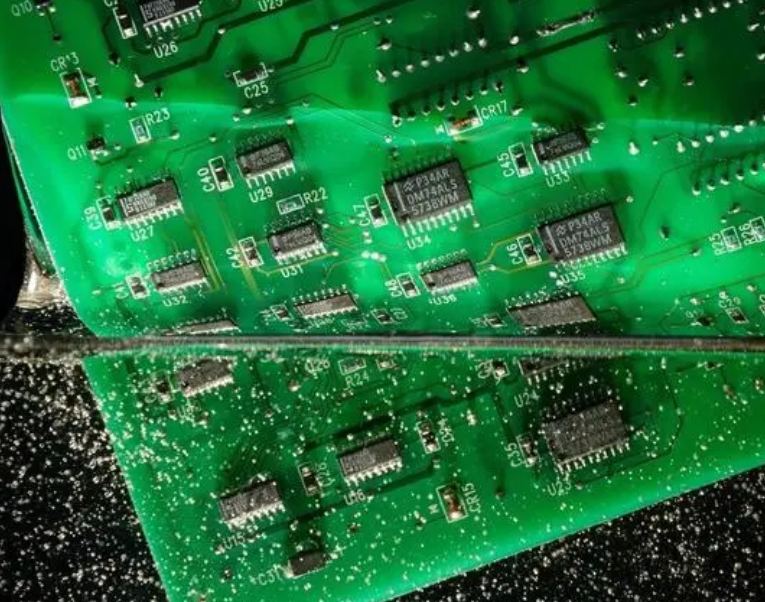
5. What are the standards of silicone conformal coatings?
The two most important standards for form-fitting coatings are the IPC-CC-830B standard and the UL94 flame retardant certification. When selecting coating materials, it is important to examine whether they meet the requirements of these two standards.
IPC-CC-830B: The standard originated from the military standard MIL-I-46058C (which has passed the expiration date), IPC-CC-830B contains a series of test items, mainly: inspection and testing requirements.
(1) Material requirements: material, shelf life, curing.
(2) Chemical requirements: FTIR Fourier Transform Infrared Spectroscopy test.
(3) Logistics requirements: appearance, viscosity, fluorescence, mold resistance, flexibility, flammability.
(4) Electrical requirements: dielectric withstand voltage (DWV).
(5) Environmental requirements: insulation resistance in humid environments, thermal shock, hydrolytic stability (temperature and humidity aging).
(6) Special requirements: UL746E, salt spray test, etc.
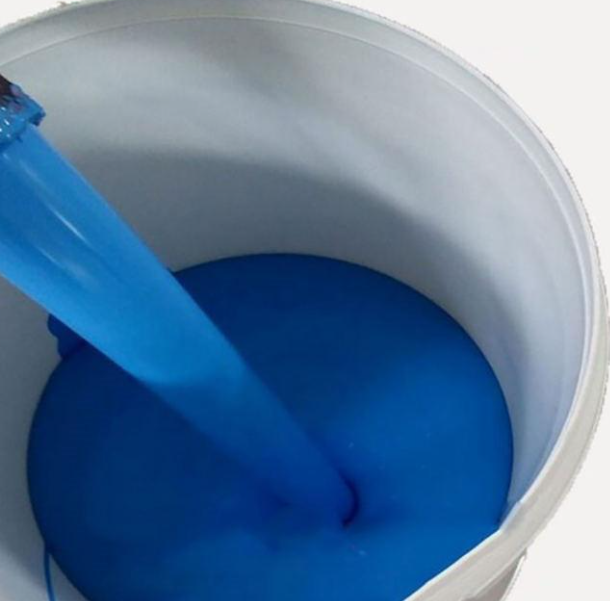
6. What are the factors affecting silicone conformal coatings?
Moisture and pollution are two of the most common factors affecting.
If moisture accumulates on the surface of the board or in the voids of the form-fitting coating, corrosion, and electrochemical mitigation (ECM) may occur between the conductors, and the migration of corrosion products on the surface of the PCB can cause electrical shorts and current leakage. Inadequate cleaning or improper application of form-fitting coatings is often the culprit for inadequate protection of the PCB area. In addition, dust or debris sending contamination through the coating via air penetration is also a result of improper coating selection and application. Proper selection and application of form-fitting materials are needed to mitigate these risks.
As more fifth-generation mobile networks are deployed, more electronic designs will incorporate 5G technology to enable faster connectivity, higher throughput, and greater capacity. However, the increased power density associated with 5G electronics will generate higher levels of heat, which will reduce the life of PCBs, solder joints, and components, placing greater technical demands on form-fitting coating materials.
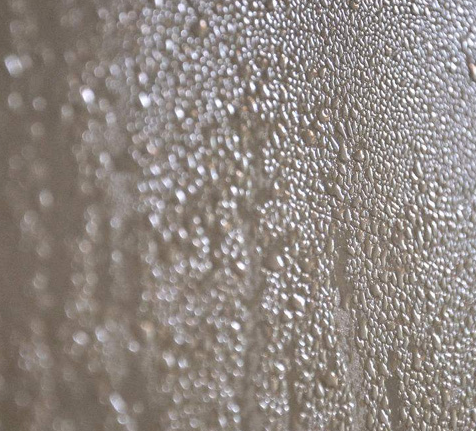
7. Why choose silicone conformal coatings for electronics?
When selecting a form-fitting material for an electronic device, you may be faced with a variety of materials at the same time, such as silicones, acrylics, urethanes, epoxies, etc. Among these materials, silicone has more balanced properties and outstanding characteristics. Silicone conformal materials offer many advantages, such as resistance to chemicals, moisture, and contamination, softness, flexibility, stress relief, and suitability for high throughput production.
Hydrolytic stability of conformal materials is critical because 5G will require more towers, base stations, and transmitters, all of which are important pieces of equipment that need to be exposed to outdoor weather conditions such as high humidity and rain. Silicone conformal materials allow water vapor to pass through more quickly than other conformal coating materials. However, it is liquid water, not water vapor, that causes corrosion. Over time, other types of form-fitting coating materials tend to absorb more liquid water than silicone form-fitting materials, which increases the risk of corrosion.
Silicone conformal coatings resist higher temperatures and provide longer-lasting heat resistance while maintaining long-term stability of performance. Due to the low modulus, silicone conformal materials can also absorb stress and provide good adhesion, many substrates apply silicone conformal materials often do not need to use a primer to provide good conformal results to improve productivity.
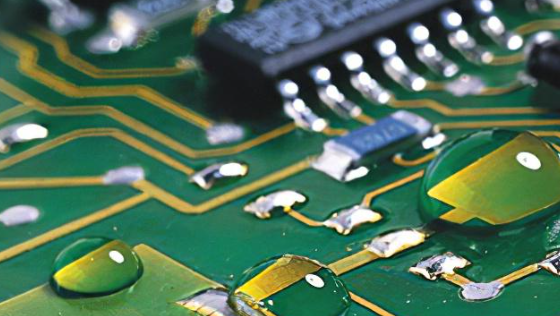
8. How to make silicone conformal coatings?
Compared with other polymer materials(acrylic conformal coating, epoxy conformal coating, urethane conformal coating, parylene conformal coating), silicone conformal coatings have stability in wide temperature range, weather aging, electrical insulation, ozone resistance, water repellent, flame retardant, non-toxic, non-corrosive and physiologically inert and many other excellent properties, some varieties also have oil resistance, solvent resistance, resistance to irradiation properties, widely used in electronic devices, and silicone conformal coating has less cost than vapor deposition method used for parylene conformal coating. How to improve the competitiveness of your products and improve conformal coating formulation?
XJY Silicones is one of the leading silicone MQ resin and VMQ silicone manufacturers in China, with more than 30 years of R&D and manufacturing experience in the silicone industry as well as more than 15 related patents and technical support. Our silicone resin products can meet the needs of silicone conformal coatings and support the provision of diversified customized solutions.
